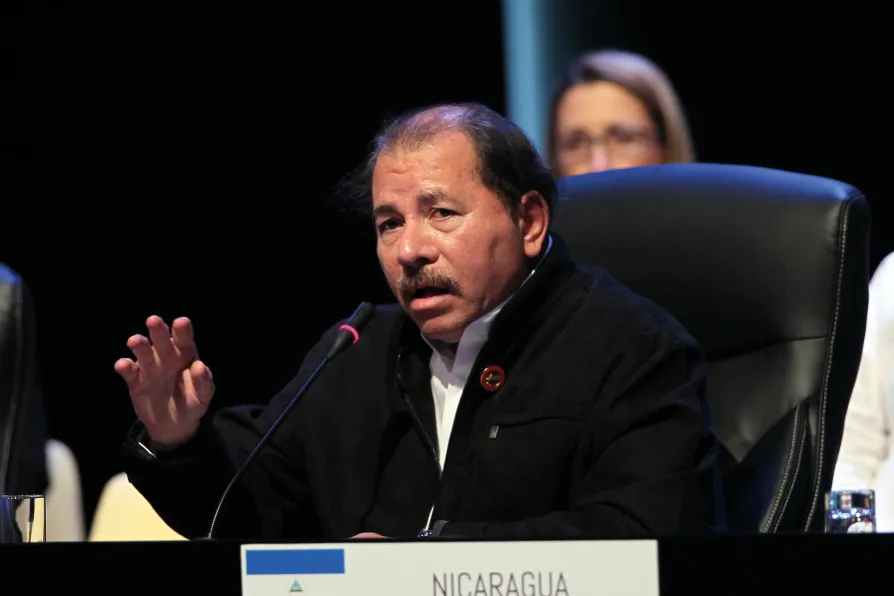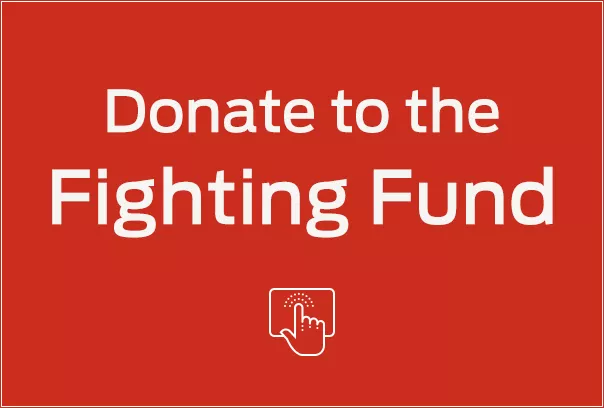From London’s holly-sellers to Engels’s flaming Christmas centrepiece, the plum pudding was more than festive fare in Victorian Britain, says KEITH FLETT
The corporate media have been quick to point the finger over the murder of a Nicaraguan opposition figure, but where is the actual evidence, ask KELLY NELSON and ROGER D HARRIS

 BLAME GAME: Nicaraguan President Manuel Ortega. Photo: Ismael Francisco/ Cubadebate/Creative Commons
BLAME GAME: Nicaraguan President Manuel Ortega. Photo: Ismael Francisco/ Cubadebate/Creative Commons
TRADITIONALLY regarded as safe for visitors, Costa Rica has recently become Central America’s second most dangerous country, with 400 homicides recorded so far this year. The violence is attributed to an epidemic of drug-related crime, as the country has become a major staging post for narcotics smuggled to Europe. Costa Rica just detained a former security minister and ex-judge for drug-trafficking following a US extradition request. Even the US State Department warns of the danger of “armed robbery, homicide, and sexual assault” in Costa Rica.
Last month the violence claimed a Nicaraguan victim, Roberto Samcam, one of several Nicaraguans killed in Costa Rica in recent years. Costa Rica has a large Nicaraguan community of half a million, established through decades of steady economic migration. Samcam was shot by an unknown assailant who entered his upscale residence at a time when his usual armed guards were absent. Local police have given no indication of the motive for the crime.
Samcam was a minor figure among opponents of Nicaragua’s Sandinista government, many of whom live in exile in Costa Rica. He relocated there in 2018 after the violent coup attempt in Nicaragua that year, in which he was heavily implicated. In June 2020, he was convicted in absentia of organising armed roadblocks in the Carazo region, where several police officers and government sympathisers were killed, some after being tortured. Local people testified that he had distributed weapons used in the attacks.
Rush to judgement based on no evidence
Nicaraguan opposition media almost instantaneously blamed the Samcam murder on the Sandinista government, with prominent spokesperson Felix Maradiaga calling it a “political assassination.” The claim was echoed by corporate media.
These outlets exhibited little regard for the broader context of Costa Rica’s rising violence, with an average of at least two murders daily. This background was ignored while media instead repeated his wife’s assertion that Samcam worked to “expose human rights violations” in his homeland, as if that were the motive for the murder.
The Guardian headlined “Critic of Nicaraguan president Daniel Ortega shot dead in Costa Rica,” while the New York Times asked “Is Nicaragua Assassinating Government Critics in Costa Rica?” Focusing on his “fierce criticism” of the Nicaraguan government, France 24 made no mention of his violent past. More coverage followed on similar lines when a group of right-wing former Latin American presidents directly accused President Daniel Ortega of involvement in the assassination; their well-known political hostility to Ortega was unmentioned.
Once again, these media were quick to blame a horrifically violent incident on Nicaragua’s government, ignoring context and without any hard evidence, only the clamour of the opposition’s unsupported claims.
These allegations were soon echoed by a “Group of Human Rights Experts on Nicaragua,” appointed by the UN Human Rights Council. This group has been strongly criticised, including by human rights lawyers, for one-sided reporting and unquestioning acceptance of testimony from violent opponents of the Ortega government.
History of dubious accusations
The prejudicial handling of the Samcam murder is just one of a series of such misleadingly spun events in Nicaragua during and since the failed 2018 coup attempt.
For example, on June 16 2018, masked youths threw Molotov cocktails into an occupied house in Managua killing a family of six. The opposition outlet La Prensa had no doubt who did it: “Ortega mobs burn and kill a Managua family,” ran its headline.
The New York Times dutifully alleged that this was part of a government-led terror campaign. The Guardian, making a similar allegation, highlighted the “tiny coffins” in which some of the victims were buried. Yet investigative journalists Dick and Miriam Emanuelsson later revealed the area was under armed opposition control at the time, making government involvement implausible.
Another example is the July 8 2018 shooting of police officer Faber Lopez Vivas. Amnesty International claimed he was killed by his own colleagues, based on flimsy evidence. His widowed partner gave a detailed interview, refuting this accusation. Amnesty refused to respond to complaints that its accusation was unfounded and opposition media continued to repeat it.
Finally, an Indio Maiz Reserve forest fire in April 2018 was also blamed on the government in international media. The BBC reported that the fire in a remote roadless area was “out of control,” while The Guardian blamed the government for rejecting aid from Costa Rica, without explaining the area’s inaccessibility. The fire was successfully tackled some days later, partly with helicopters sent from El Salvador, Honduras, and Mexico, and also with technical help from the US. Regardless, blaming the government for the fire prefigured the coup attempt later that month.
These are just a few of the more egregious examples where violent incidents were immediately — and politically — blamed by opposition media on the Nicaraguan government. In these and many other cases, corporate media amplified the opposition’s narrative without scrutiny or evidence.
The real reason for Samcam’s murder?
No-one yet knows why Samcam was killed, but one possible explanation for his gangland-style murder involves drug trafficking. According to now-deleted articles in La Nacion, CR Hoy and Confidential, Samcam was under investigation by Costa Rican authorities for money laundering and suspected links to drug networks in Limon, a known cocaine-smuggling zone. He was allegedly connected to individuals later arrested in Operation Titan, a major anti-narcotics effort. While not convicted, some pro-government sources claim that Costa Rica’s official prosecutor identified him in intelligence reports related to narcotics activity in Limon. Opposition reports dispute that he was ever investigated.
The truth of the case is hard to ascertain. What is clear is that the accusations against the Nicaraguan government rely on circular logic: the “Ortega-Murillo dictatorship” is evil, therefore it must be behind political assassinations. Regardless of the speculation, there is no evidence that the current Nicaraguan authorities have ever engaged in deliberate extrajudicial assassination in Nicaragua — let alone in another country.
Moreover, the accusation fails the cui bono test of who benefits. The regime-change opposition stands to gain far more by using the incident to demonise the Sandinistas than would the government gain from silencing one of simply many critical voices abroad, especially a figure who had been mostly forgotten. If anything, the incident amplifies criticism rather than suppressing it.
In short, the accusations are driven by political animosity regardless of the facts at hand. Whatever the truth behind Roberto Samcam’s death, it has become one more pretext to attack Nicaragua’s Sandinista government.
Kelly Nelson is a Nicaragua-based journalist. Roger D Harris is with the Task Force on the Americas and the Nicaragua Solidarity Coalition.

DAVID RABY reports on the progressive administration in Mexico, which continues to overcome far-left wreckers on the edges of a teaching union, the murderous violence of the cartels, the ploys of the traditional right wing, and Trump’s provocations

RON JACOBS welcomes an investigation of the murders of US leftist activists that tells the story of a solidarity movement in Chile












